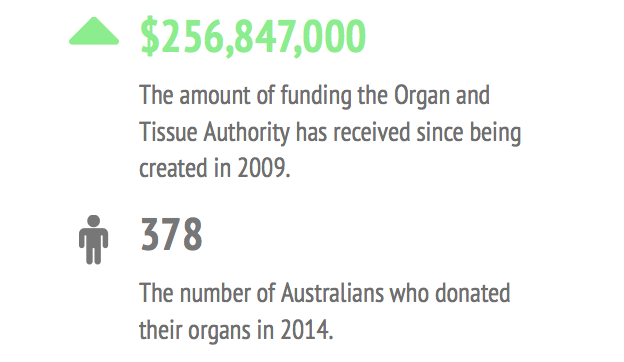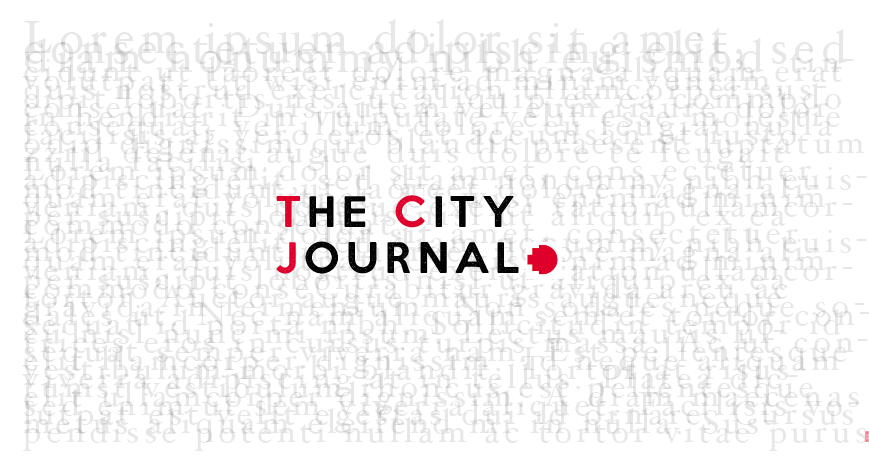There have been calls to overhaul Australia’s organ donation system and replace the current system with an “opt-out” system.
Under the current opt-in system, organ donors must be registered to donate their organs. However, under law the deceased’s family has the ability to veto their decision.
National Medical Direction of Australia’s Organ and Tissue Authority Helen Opdam told the Sydney Morning Herald that about 12 to 15 registered organ donors did not become donors because their family or friends vetoed their decision.
Just one per cent of all medical situations allow for organ transplants to take place, with each organ donor having the possibility of saving up to 10 lives. The decision by the deceased’s family to ignore these 15 individual’s wishes could result in as many as 150 people missing out on vital organs.
With more than 1,600 Australians waiting on the organ transplant list at any one time, Australia’s Organ and Tissue Transplant authority has also been criticised as ineffective following a government report into the organisation.
Since its inception in 2009, the Organ and Tissue Transplant authority has received $256 million in government funding.
In that time organ donations have increased from 11.4 organ donors per million in 2009, to 16.1 organ donors per million in 2014.
In this same time frame funding for the Organ and Tissue Transplant Authority increased by $688,000.
In Victoria just 20 percent of the population are organ donors, whilst across Australia just 32 percent of people aged over 16 are registered donors.
Australia is the world leader in successful transplant outcomes and yet perform poorly against the rest of the world in terms of actual donation rates.
In 2012 Australia was ranked 21st in the world with 15.6 donors per million people.
The top three countries – Croatia (36.5 donors per million), Spain (35.1 donors per million) and Belgium (32.9 donors per million) – all have opt-out policies to organ donation.
Under this legislation it is assumed all citizens consent to being organ donors. If an individual does not consent to being an organ donor, then they must apply to be taken off the donation list.
A study comparing the two systems show that when participants had to express their consent to become an organ donor under an opt-in system, just 42 per cent chose to do so. Meanwhile, in scenarios where they had to opt-out of being an organ donor, 82 per cent of people remained organ donors.
Methodology
My data story incorporated several different data sets which I collected from a number of different sources. Statistics on Australia’s organ donation rates were collected from Australia and New Zealand Organ Donation Registry. Although the data went all the way back until 1989, I decided to only collect and display data from 2009 onwards. This decision was made to correlate with the establishment of the Organ and Tissue Transplant Authority – the first dedicated body aimed at increasing donation rates.
To compare the donation rates to the amount of funding the Transplant Authority received, I needed to collect information from a number of Australian budgets. This was not readily available and involved looking at each individual budget from 2009 onward to find the figures. In some instances it involved double checking the amounts with the appropriations bill.
The graph relating to the international donation rates was constructed from data found on the International Registry in Organ Donation and Transplantation website. All other facts, statistics and data was located and gathered from either the Organ and Tissue Transplant Authority or studies that have otherwise been referred to.





